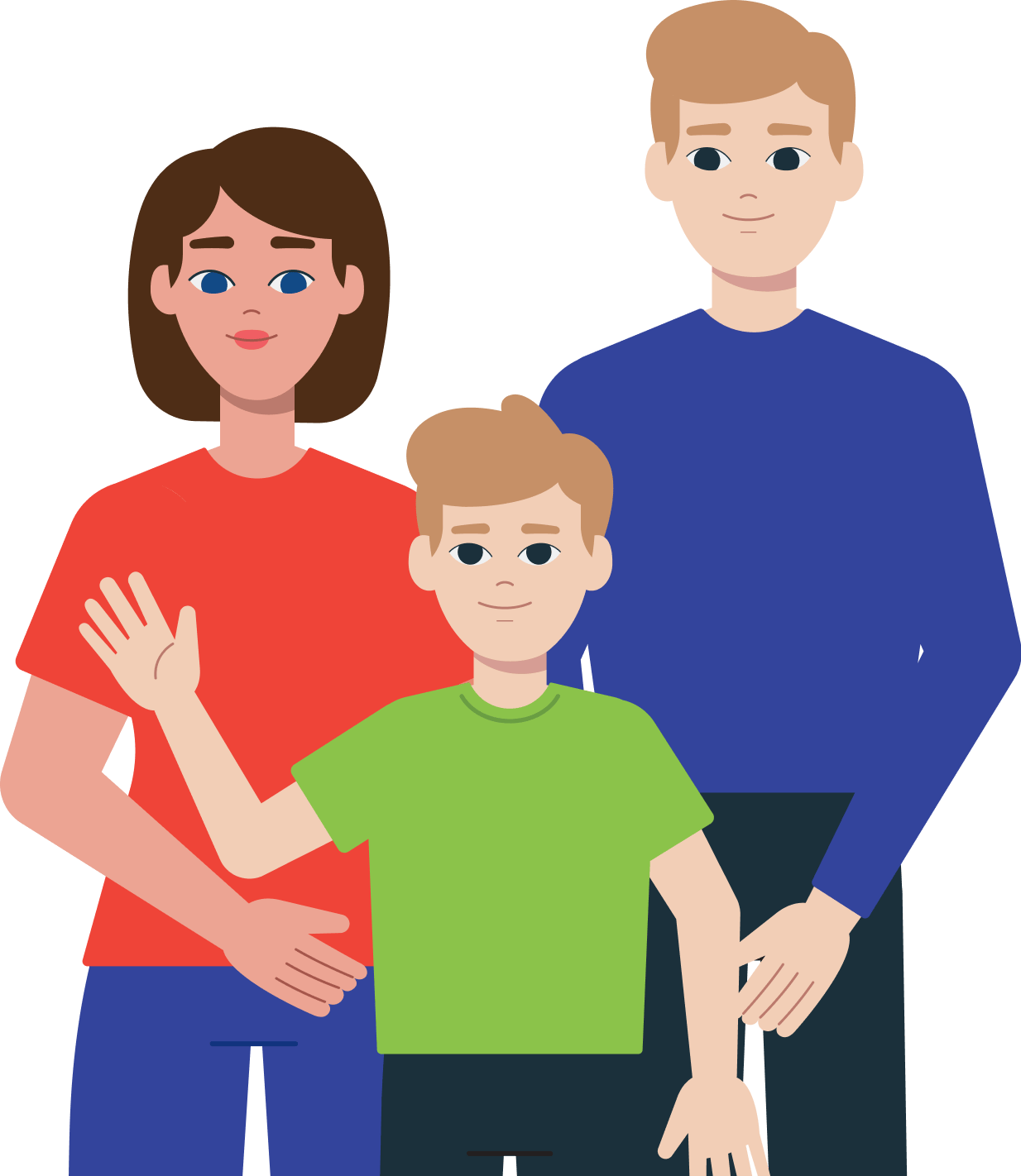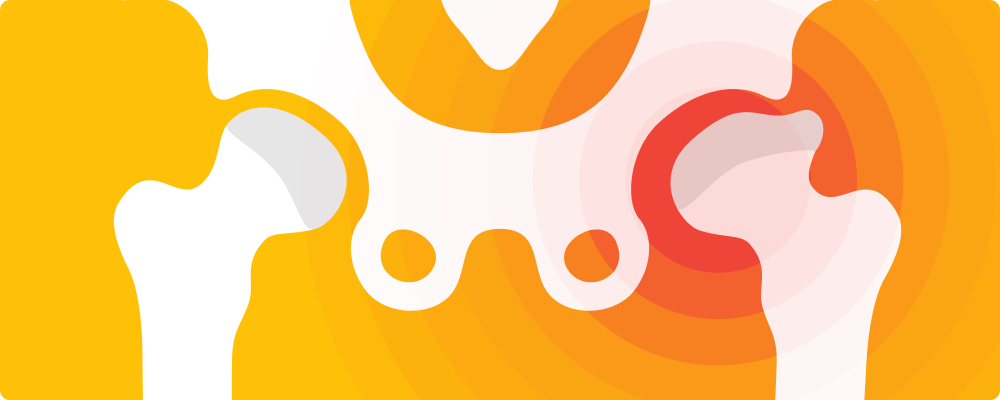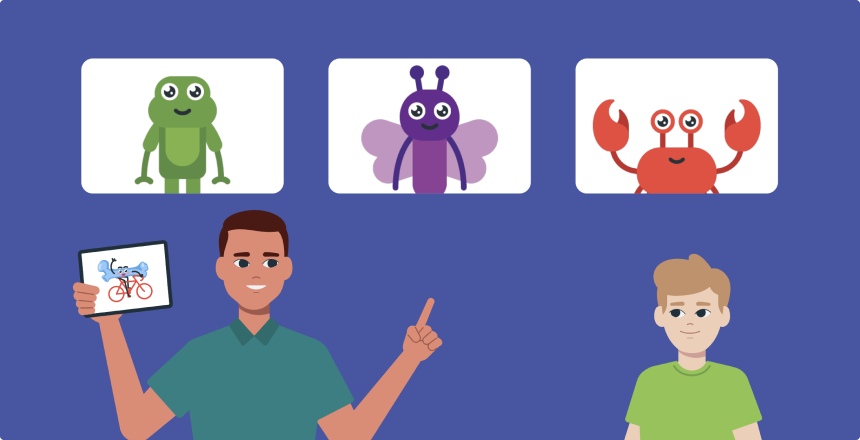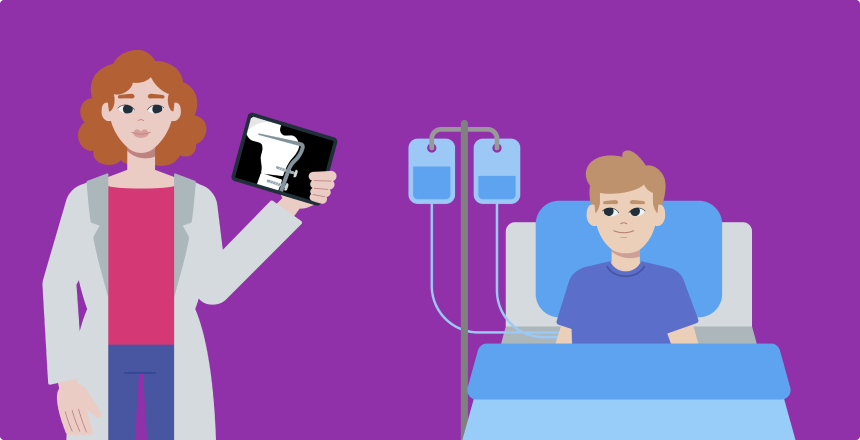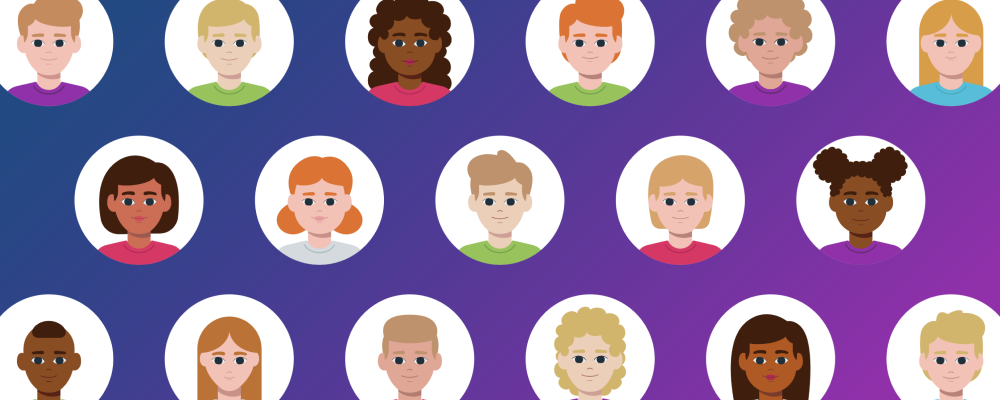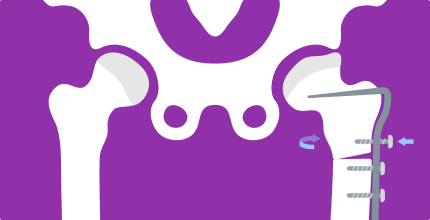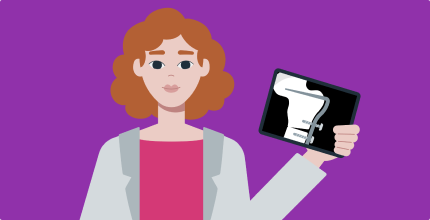Data protection regulation requires that we state the legal basis for processing information about you. In the case of research, this is ‘a task in the public interest’.
The University of Oxford and Alder Hey Children’s NHS Foundation Trustare the main data controllers and are responsible for looking after your information and using it properly. The British Hip Society is the data controller for any personal information held in the Non-Arthroplasty Hip Registry (NAHR). Bangor University are responsible for processing and analysing de-identified data relating to the health economic analysis.
We will be using information from you, your child and their medical records in order to undertake this study and will use the minimum personally-identifiable information possible. The data collected will be stored securely in a de-identified (pseudonymised) form. Your treating hospital will collect information from you, your child and/or your child’s medical records for this research study in accordance with our instructions.
In order to contact you during the study, we will collect contact details for youand a potential secondary contact. These will be stored for 12 months after completion of the study.
A copy of your consent form and your child’s *assent form (*if completed) will be stored at your treating hospital for up to 12 months after the youngest participant in the study reaches the age of 21 years. They will also be stored in your childs medical records, as per local hospital policy and by the University of Oxford for 12 months after completion of the study.
Yours and your child’s personally identifiable information and contact details will be stored separately to the data collected for the study.
The University of Oxford and your treating hospital will use your name, health record number (e.g. NHS/CHI/H&C number) and contact details to contact you about the research study, and to make sure that relevant information about the study is recorded for your care.. Individuals from the University of Oxford, Alder Hey Children’s NHS Foundation Trust and regulatory organisations may look at your child’s medical and research records to check the accuracy of the research study. Your treating hospital will pass these details to the University of Oxford along with the information collected from you, your child and/or their medical records.
The only people who will have access to information that identifies either of you will be people who need to contact you, to enable your follow-up in this study, or audit the data collection process. The people who analyse the information will not be able to identify you, or your child, and will not be able to find out your name, health record number or contact details.
We may disclose your personal data to our third-party service providers to carry out activities specifically for the purpose of this research and as explained in this information sheet. For participants allocated to the ‘Active Containment’ group this will include disclosing of personal data (first name and study number) to facilitate the use of the digital app. Any third-party service providers are required to take appropriate security measures to protect your personal data in line with University of Oxford policies. We do not allow our third-party service providers to use your personal data for their own purposes, but rather to only process your personal data for specified purposes and in accordance with our instructions.

